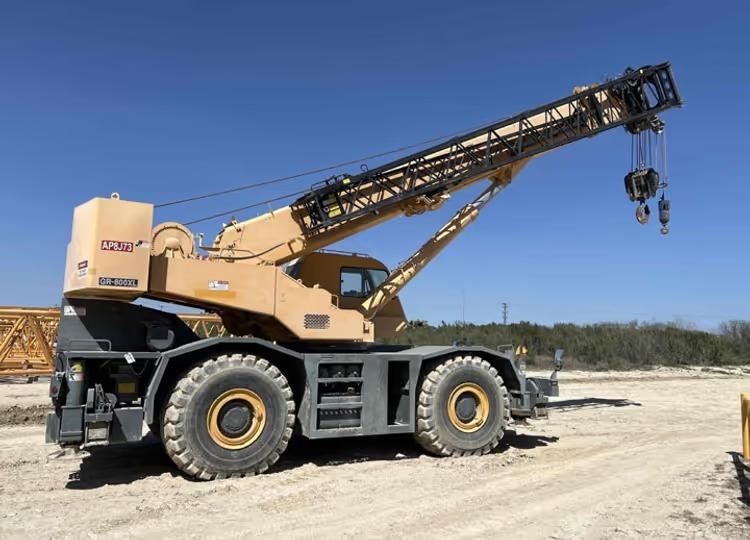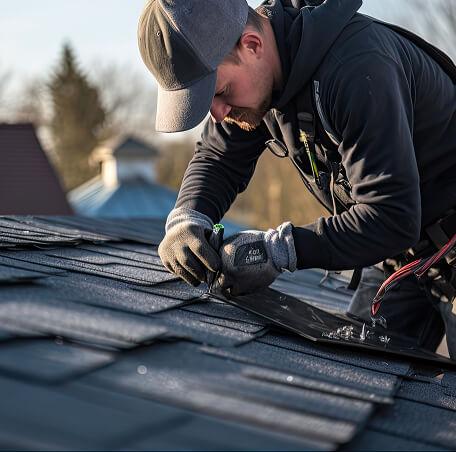The Art of Crane Setup in Tight Spaces: How Rental Teams Handle It

Using a mobile crane on an open construction site is easy, but working it in a tight space takes more skill. No matter if it’s a busy street in the city, a small area used by industry or a packed event location, these situations demand thought, sensitivity and a bit of imagination. Teams that focus on these rentals excel at something important for the event’s success and safety, but it’s often overlooked.
Why Tight Spaces Present Unique Challenges
It’s not just the lack of space that characterizes tight spots in crane work. The job involves handling the limitations of how the crane moves, how far its arm can stretch and how safe the machine can be held in place. Issues such as nearby buildings, power lines, trees and an uneven ground can make it difficult to place a satellite. The chance for accidents or delays grows if the crane is not installed correctly. One mistake might cause an accident, harm to the site or not finishing the project on time. As a result of this complexity, every stage of the setup process should be handled by experts.
The Importance of Pre-Setup Planning
The team planning the equipment rental spends a lot of time preparing before anything is delivered to the site. At the start, the site is surveyed in detail so that every square inch is measured and any obstacles that may affect crane placement are spotted. In many cases, modern technology helps by using CAD or 3D models to show the site and simulate crane actions. Taking care of these tasks ahead of time allows everyone on the team to understand the project and be ready for what is coming. Sending regular updates to clients and local authorities is necessary to obtain needed permits and special clearance for the project.
Picking the Right Crane for Tight Spaces
Some cranes are not designed for work in small or crowded places. When choosing a machine for mobile crane rental, you should carefully examine the size and type of the equipment. Telescopic cranes with smaller profiles often do well in such areas since they extend their boom while requiring a minimal area for setup. There are cranes made specifically for areas where space is tight, and these machines must be strong and agile at the same time. The crane’s measurements matter as well: the boom length, where the counterweight will be positioned, and the lifting capacity all need to be suitable for both the site rules and the job. The decision is about much more than just fitting in but it’s also about being safe and efficient.
Teamwork During the Setup Process
When you arrive at the site, you begin the actual work. For cranes to be placed into tight locations, it takes close cooperation between the people operating the crane, those who guide the load, those who look out for the crane and those who manage traffic nearby. To position a crane correctly, operators rely on outriggers to help it stay still and cribbing to handle ground that is not even or too soft. Every step is planned and taken slowly, while everyone stays in touch to prevent surprises. Guiding the operator and watching for anything that could lead to a collision, spotters are very important. It might take a lot of effort, but ensuring everything is precise saves money and protects everyone.
Tools and Technology That Make Tight Setups Possible
Throughout the years, crane rental teams have benefited from new technology designed to handle work in tight areas. Since remote-controlled cranes, among other advanced construction machines, can be used in tricky places, the operator stays safe and the job is done more accurately. With these systems, you can see in real time how weight is distributed and balanced, so you don’t have to guess. Having cameras and drones at the site allows operators to see more of the area. Thanks to these improvements, setup teams can do their job faster, safer, and even in difficult areas.
Creative Solutions to Tough Problems
If there’s no room to spare, the usual ways might not be possible. When a crane needs to be delivered to a difficult spot, rental teams find clever approaches. Organizing work during less busy times helps to avoid people getting in the way and temporary walls may separate areas to create space for employees. They sometimes organize with other contractors to sweep the site clean or rely on manlifts and scaffolding to help with the job. Being flexible and able to solve problems is usually what helps a lift succeed rather than fail.
Why Experience Matters in Tight Spaces
It is common for crane rental companies to struggle with tight setups. The difference is made by experience and expertise. Those who have experience operating in tight spaces can predict problems, make solid plans ahead and act swiftly when surprises happen. They are familiar with the rules specific to the area, safety routines and the value of talking to everyone at the site. Because of this knowledge, contractors and clients can relax, expect on-time completion and enjoy safer working conditions.
Overview
Moving a crane into close quarters is more complicated than supervising a job; it takes planning, technical skills and teamwork. Teams who have mastered this skill allow projects to be realized where space is a challenge. If you need crane services in an urban or tight space, it’s necessary to select a company with a history of success and the best equipment. If you have the right team, even the smallest places can be safe, comfortable and run smoothly.








